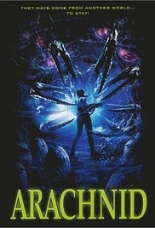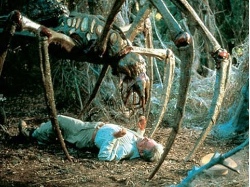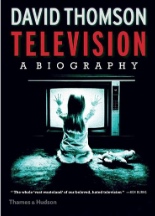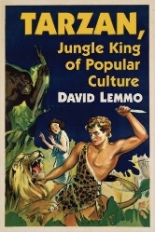 In his wonderful new book, Mars in the Movies: A History, former NASA employee Thomas Kent Miller takes us on every cinematic journey to the red planet, film by film, from the silents to today. And now, for a Flick Attack Guest List, the author takes us on a cinematic journey of a different kind: through the photos and illustrations that you won’t find in the finished book! Its loss is our gain. Time to blast off!
In his wonderful new book, Mars in the Movies: A History, former NASA employee Thomas Kent Miller takes us on every cinematic journey to the red planet, film by film, from the silents to today. And now, for a Flick Attack Guest List, the author takes us on a cinematic journey of a different kind: through the photos and illustrations that you won’t find in the finished book! Its loss is our gain. Time to blast off!
A printed book is a most finite object. It has a beginning, middle and end not only in terms of its size, content and page count. It also has strict limitations in time; books have production schedules with merciless restrictions of all sorts, especially deadlines. I turned in 69 graphics with my manuscript, and 43 glorious images were used. Those that “didn’t make the cut” were rejected mainly due to resolution issues. I’m sharing here 13 pieces of art that I mourn didn’t get into the book. These are presented in chronological order.
1. From the 1918 Danish film A Trip to Mars (Das Himmelskibet), this is the spaceship Excelsior, in which adventurer Avanti Planetarios and his crew spend six months cruising to the Red Planet. As far as I can tell, this is the first Mars “rocketship” in the cinema.

Continue reading Guest List: Thomas Kent Miller’s Top 13 Graphics Left Out of Mars in the Movies





 Roving good guy Iron Umbrella gets his name from the umbrella he uses not only as a weapon, but also as a method of flight. Repeat: a method of flight. Even without all that, viewers learn right away he is a badass because, in the first scene, he flicks one finger to hurl sword tips into the skulls of a few ruffians at a local inn.
Roving good guy Iron Umbrella gets his name from the umbrella he uses not only as a weapon, but also as a method of flight. Repeat: a method of flight. Even without all that, viewers learn right away he is a badass because, in the first scene, he flicks one finger to hurl sword tips into the skulls of a few ruffians at a local inn. 





